Awardees
-
 Read more
Read more -

Identifying and targeting the genetic determinants of immune suppression and immunotherapy failure in prostate cancer
Read more -

Modulating the immunosuppressive pancreas tumor microenvironment through intratumoral delivery of cytokine-encoding mRNAs
Read more -
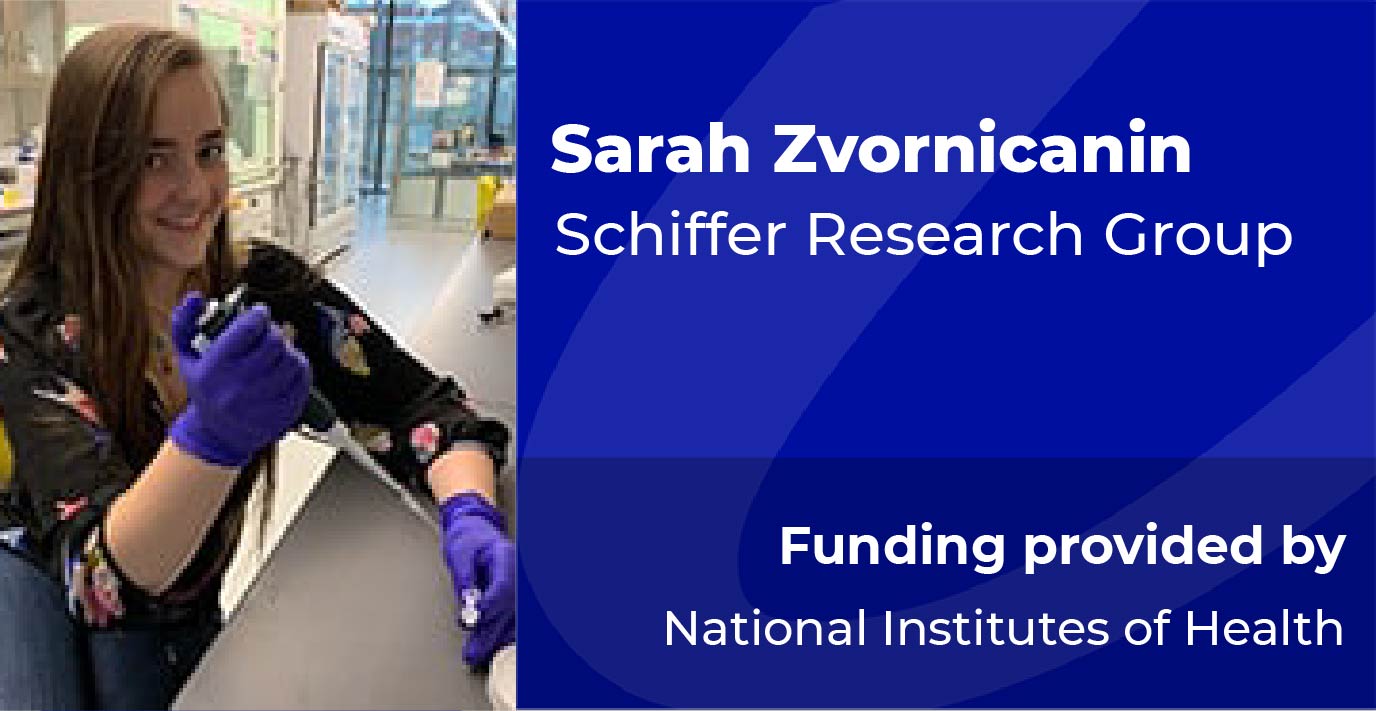
Structure-based Antiviral Design against HTLV-1 Protease
Read more -
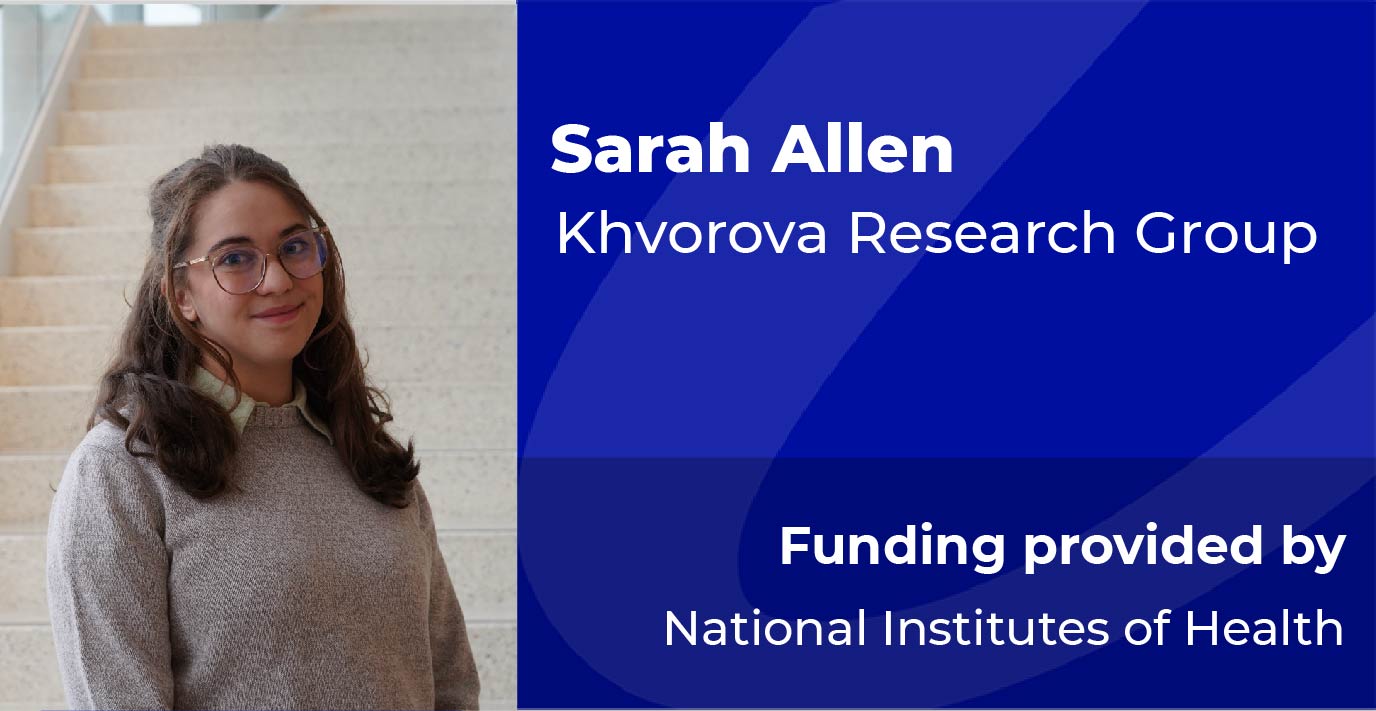
Examining the Role of a Pathogenic HTT Isoform, HTT1a, in Somatic Expansion and RNA Aggregation in Huntington's Disease
Read more -

Identification of a putative mitochondrial solute carrier that regulates mitophagy
Read more -

Developing a programmable siRNA-based therapeutic platform for gene silencing in the skin
Read more -

HMGN1 as a Mediator of Dysregulated Sonic Hedgehog Signaling and Autism Risk in Down Syndrome
Read more -

Role of PrRP+ projections to BNST in ethanol withdrawal and negative affective behavior
Read more -
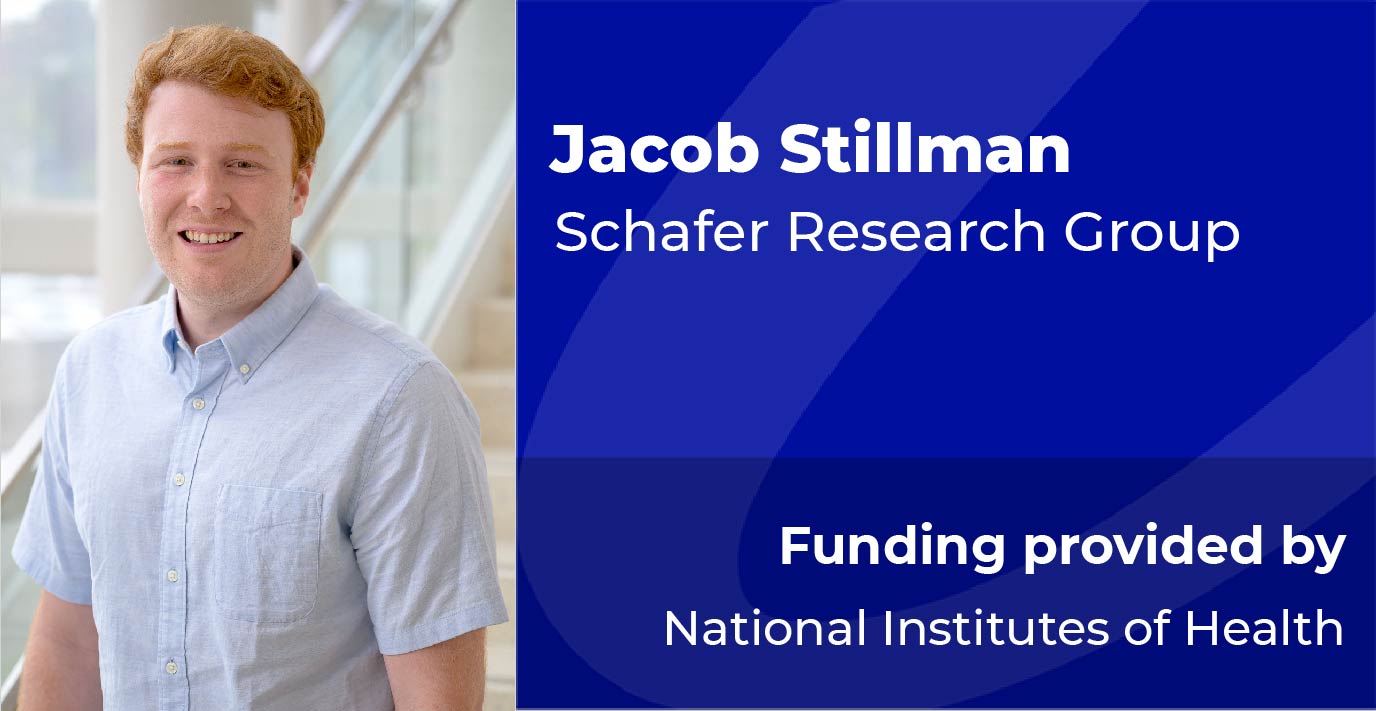
Investigating the Role of Endosomal Toll-Like Receptors in Remyelination
Read more
Getting Results…
-
 Dec 16, 2021
Dec 16, 2021Structure-based design of robust cross-genotypic NS3/4A protease inhibitors that avoid resistance
Read more -
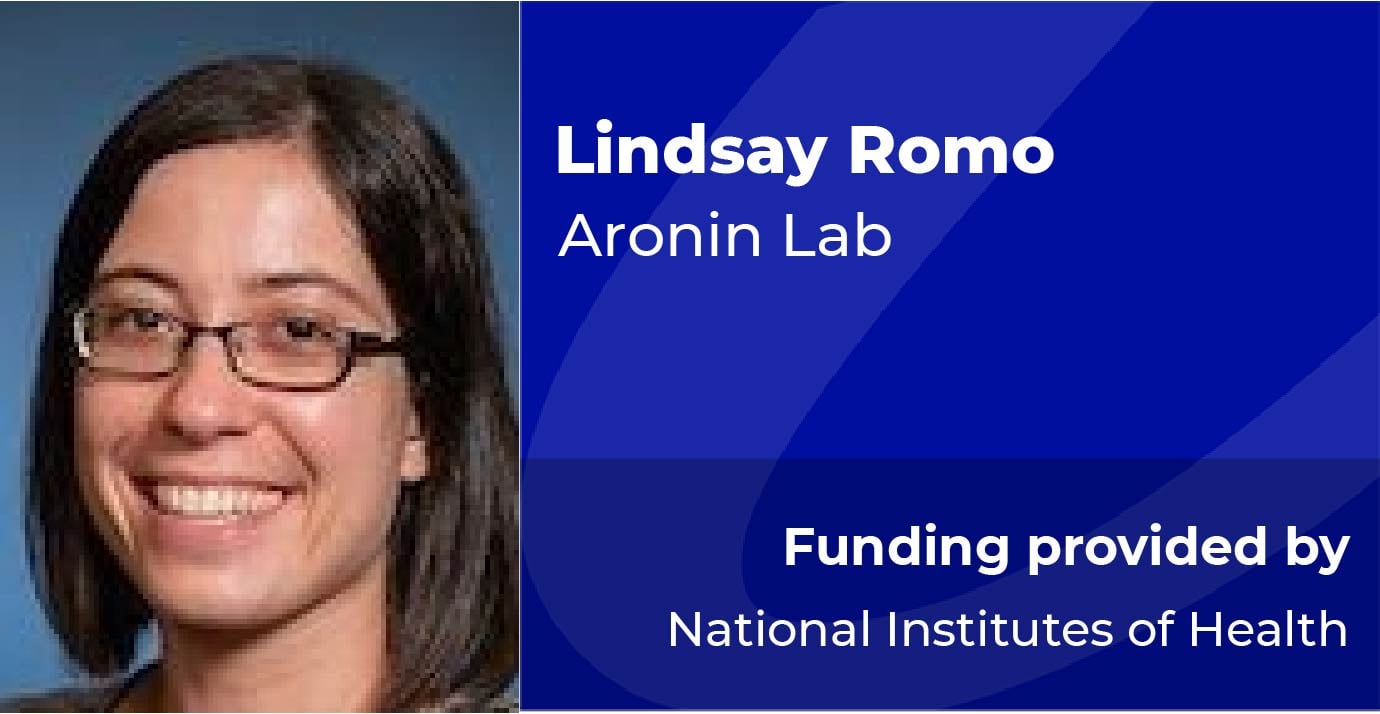 Dec 16, 2021
Dec 16, 2021Investigating the Mechanism and Effect of Disease-Associated Increases in the Huntingtin Long 3'UTR Isoform
Read more -
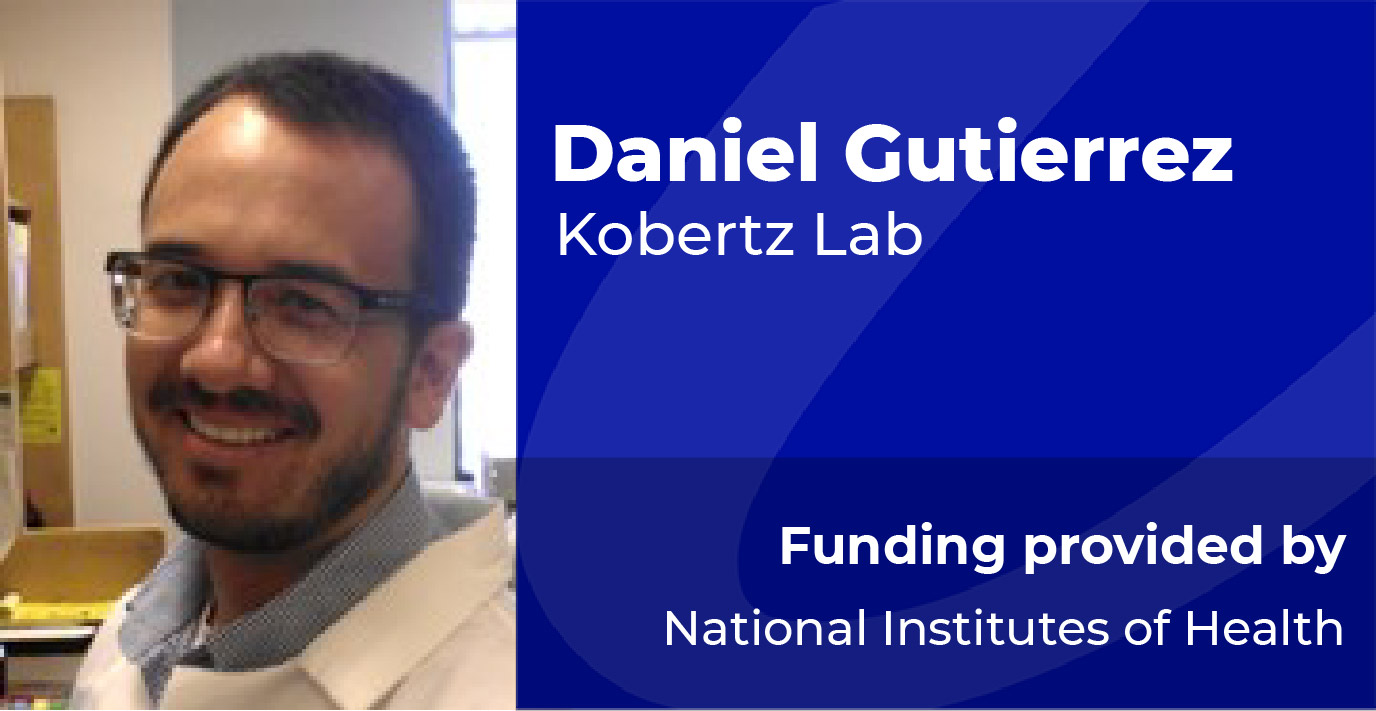 Sep 8, 2021
Sep 8, 2021Fluorescent visualization of complement-dependent pannexin activity in microglia
Read more -
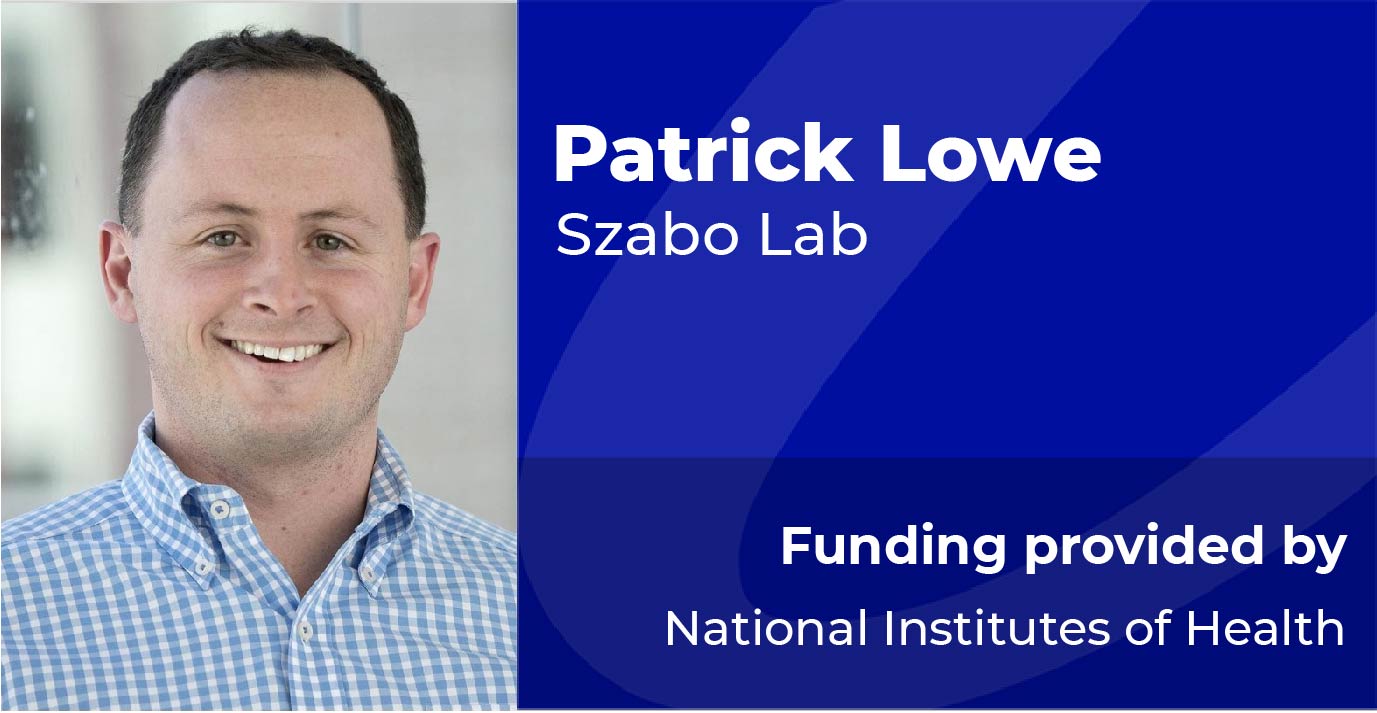 Dec 16, 2021
Dec 16, 2021The Role of Extracellular Vesicles in Alcohol-Induced Neuroinflammation
Read more
